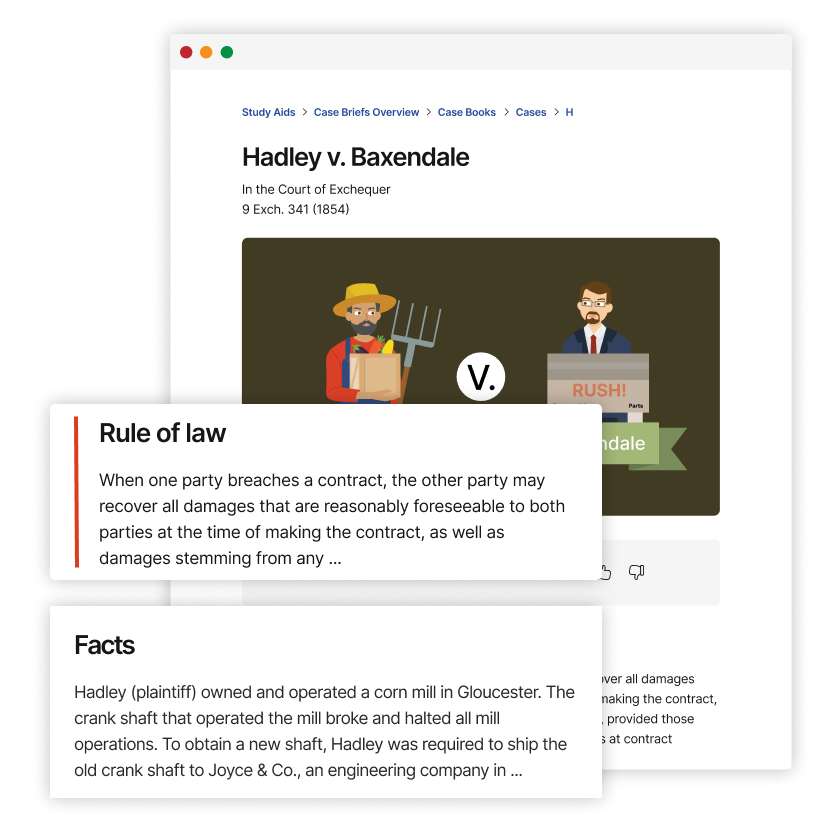Ferdon v. Wisconsin Patients Compensation Fund
Wisconsin Supreme Court
701 N.W.2d 440 (2005)

- Written by Kate Luck, JD
Facts
When Matthew Ferdon (plaintiff) was born, he was injured by the doctor (defendant) during delivery. Ferdon’s right arm was deformed and partially paralyzed and would never function normally. Ferdon underwent surgeries and therapy and would continue to need treatment throughout his life. Through his guardian ad litem, Ferdon sued the doctor and hospital (defendant) for negligence. Because Ferdon sought more than $200,000 in damages, Wisconsin law required him to name the Wisconsin Patients Compensation Fund (the fund) (defendant) as a defendant. Ferdon’s parents also brought a negligence claim for loss of society and companionship. The jury found the doctor liable and awarded Ferdon $700,000 for noneconomic damages and awarded Ferdon’s parents $87,600. The fund moved to reduce the noneconomic damage award from $700,000 to the statutory cap of $350,000, adjusted for inflation. The trial court granted the motion and reduced the award. The appellate court affirmed. Ferdon appealed to the Wisconsin Supreme Court, asserting that the statutory cap on damages violated the equal-protection clause of the Wisconsin constitution. Ferdon argued that the statutory cap on medical-malpractice awards for noneconomic damages unfairly discriminated against plaintiffs with greater injuries by denying more seriously injured plaintiffs the ability to fully recover.
Rule of Law
Issue
Holding and Reasoning (Abrahamson, C.J.)
What to do next…
Here's why 899,000 law students have relied on our case briefs:
- Written by law professors and practitioners, not other law students. 47,000 briefs, keyed to 994 casebooks. Top-notch customer support.
- The right amount of information, includes the facts, issues, rule of law, holding and reasoning, and any concurrences and dissents.
- Access in your classes, works on your mobile and tablet. Massive library of related video lessons and high quality multiple-choice questions.
- Easy to use, uniform format for every case brief. Written in plain English, not in legalese. Our briefs summarize and simplify; they don’t just repeat the court’s language.




